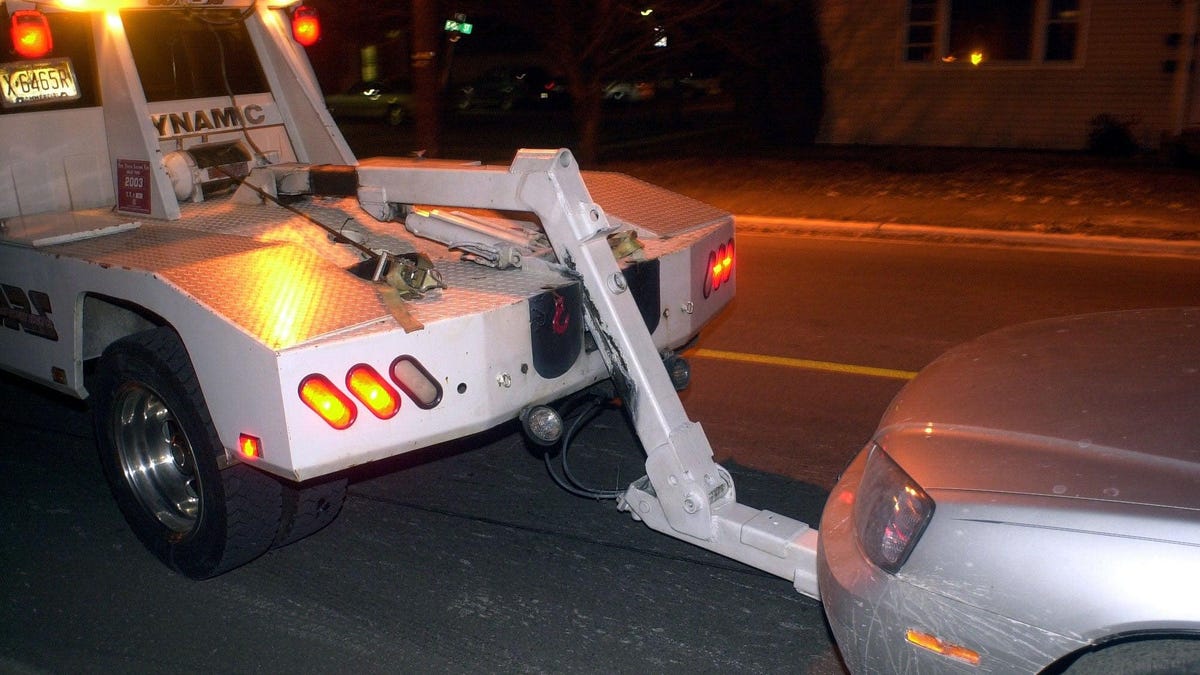Car Repossessions Are Up 11 Percent Compared to 2020

Image: William Thomas Cain (Getty Images)
Automakers, dealers, and private sellers have all been riding a wave of good news. Vehicle prices are at all-time highs for both new and used cars, with the average price of a new vehicle rising above $47,000. People are taking out longer and longer loan terms to afford these cars (and the markups that come with them). But now, as Barron’s reports, those high prices are starting to bite back: Repossessions are on the rise.
01:01
Fix It or Ditch It?
2 hours ago
We seem to be in an automotive bubble. In 2020, pandemic measures actually boosted some people’s finances — whether through stimulus checks, rent freezes, and forbearances on debt, or by the simple fact that folks spent less money going out or traveling during lockdown. Lots of people bought new cars.
When relief programs dried up and lockdown measures eased, reality hit hard, and many people could no longer afford the cars they went out and bought. One car dealer, Lucky Lopez, told Barron’s about some doozies he’s seen: people making $2,500 a month saddled with $1,000 car payments. Now the finance delinquencies and car repossessions have begun, and the industry saw it coming: Ford CFO Jim Lawler said the company has started to see more buyers default on their loans.
Subprime repossessions are up 11 percent since 2020. More concerning, and perhaps more unexpected, is this: Barron’s reports that repos are also on the rise among customers with higher credit scores. Prime-score customers used to make up two percent of repossessions; now up to four percent of repos are supposedly secure customers.
Lopez points out that this may be an indication that the economy isn’t as strong as we hoped it would be. And it might get worse.
Barron’s also spoke with Cardozo School of Law professor Pamela Foohey. Foohey predicted an auto loan crisis in 2021 and she thinks things are going to come to a head soon. “The bubble is beginning to show signs of bursting soon” she says. The bubble should have burst back in ‘21, but the Fed’s responses to economic factors caused by the pandemic postponed it. Now, the bubble has only gotten worse. With data from the New York Fed showing auto loan debt sitting at a combined $1.47 trillion, when this bubble bursts, it’s gonna hurt.



